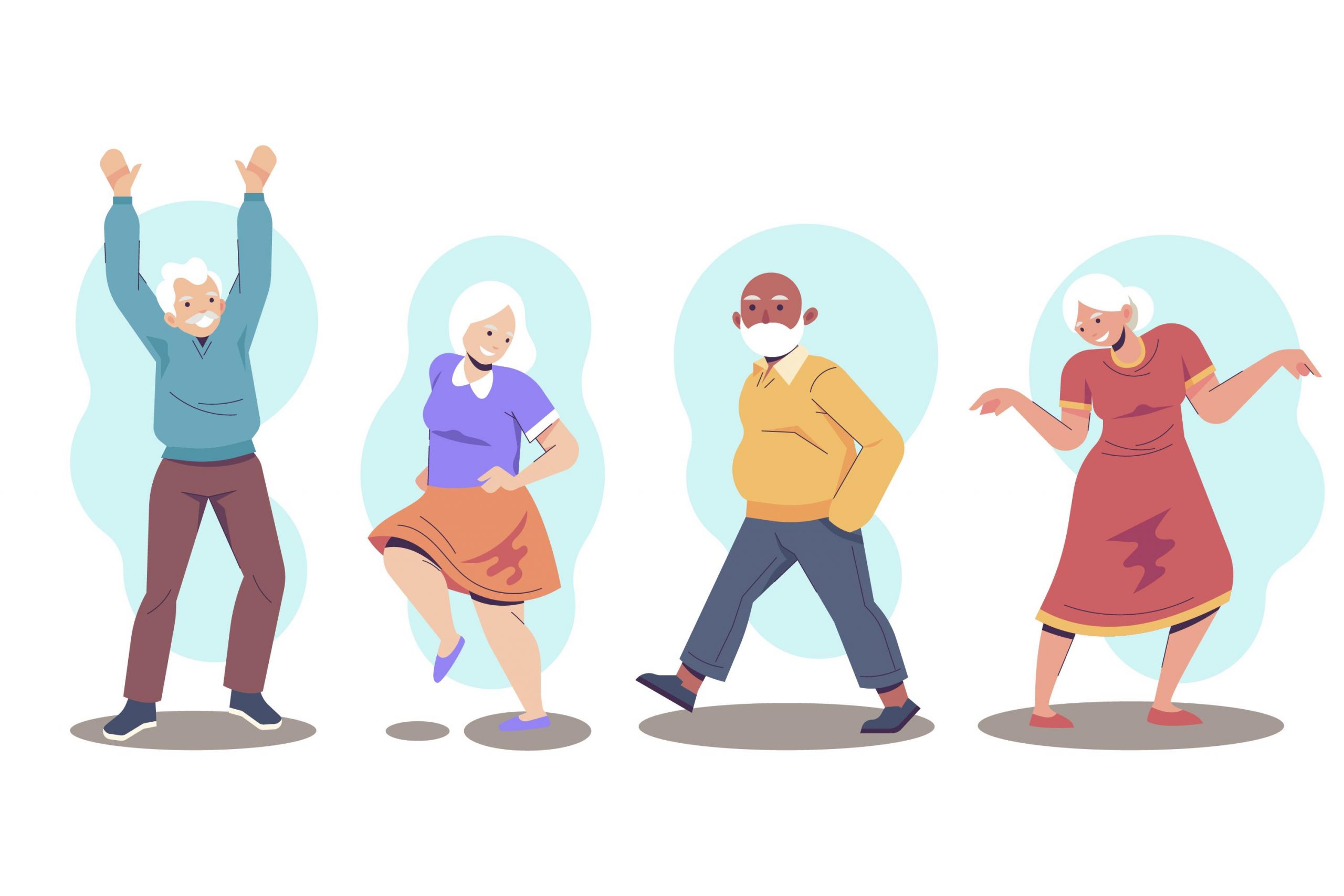A study of adults 50 years or older see themselves in good health, but want more strength and energy
Do you notice any physical changes such as low energy, slower walking speed, decreased strength, unintentional weight loss and fatigue? You may not realise this, but waning strength and loss of energy is the first indication of compromised muscle health.
As adults age, having energy throughout the day can involve some extra steps. A survey by the American Association of Retired Persons (AARP) and Abbott shows that they are not alone1.
Abbott and AARP surveyed 1,480 Americans 50 years and older to better understand how they view diet and health issues as they age, including muscle health. The survey asked adults to rank specific elements of their health. A majority of the respondents viewed themselves in good health, yet 50 percent wished they had more strength or energy to participate in the activities they enjoy.
The good news is that with some simple lifestyle changes, you can be on your way to long lasting strength and energy, showing age isn’t a limiting factor.
1. Activate energy with activity
Going old school on this tip. You may recall from science class, “a body in motion, stays in motion”. Think about how that can apply to your daily routine. The American National Institute on Aging reports that older adults who are inactive, can lose endurance, strength, balance and flexibility – all key elements for a healthy life2.
It is recommended that adults do some exercise for at least 30 minutes a day; for those aged 65 and older who are generally fit, the Centers for Disease Control and Prevention (CDC) recommends 150 minutes of moderate exercise a week3.
Luckily, the AARP-Abbott survey found that many adults exercise multiple times a week, which is a good first step to keeping healthy.
Consider walking, swimming or cycling – all of these activities improve strength, flexibility and balance. Looking for a more ambitious goal? Adults 40 years and older make up 40 to 50 percent of the people who finish marathons within their gender group, proving age does not dictate how active you can be.
2. Mind your P’s
Portion and protein, that is. What’s on an adult’s plate can impact how they feel and how active they can be. A well-balanced and complete diet with nutrients that maximize strength and energy includes fruits and vegetables, as well as lean meats, dairy and other protein-rich foods.
As adults get older, their bodies absorb nutrients like protein differently, and protein is critical in helping rebuild muscle. While we often know the types of food that are good, not as many know how much of each they should be eating. According to the recent National Health and Morbidity Survey (NHMS) 2019, 1 in 3 Malaysian adults demonstrated poor health knowledge which hinders their ability to make healthy lifestyle choices. Research also shows that up to 9 out of 10 aging adults fail to meet the daily recommended amounts of varying key nutrients recommended for a healthy and active life. To compound this issue, with Malaysians having longer and busier work schedules, making the right nutritional choices can be difficult.
“We hear about having a variety of foods on our plate, but it’s just as important to have the right amount of those foods and nutrients, particularly protein, to help fuel the body inside and out,” said Tiffany DeWitt, RD, a registered dietitian at Abbott. “Making small daily nutritional changes can make a big impact on living a healthier, more active life.”
If you are looking to fill nutrition gaps in your diet, consider including a complete nutritional supplement like Ensure® Gold™, which is now available in a ready-to-drink option which offers users all the key benefits of Ensure® Gold™ in a convenient on-the-go format.
3. Muscle up
Muscles play a big role in your body – from your balance and posture to supporting your overall immune health. Adults naturally start losing muscle around age 40, and this number can accelerate with an illness and injury. This accelerated muscle loss can make recovery more difficult or impact how much energy you have. Despite these facts, only 31 percent of those surveyed were very or extremely concerned about losing lean muscle at this stage of life.
“Investing in your muscles now will help you to continue to do the things you love and live a healthier, more active life at any age,” said Dewitt. “While muscle loss will happen naturally as you age, the good news is that it’s reversible with the right balance of proper nutrition and exercise.”
1 Abbott Nutrition News. Press release. America’s Health Checkup. Available from
http://www.nutritionnews.abbott/content/dam/an/newsroom/images/medialibrary/Press%20Releases/AARP% 20Abbott%20Survey%20Press%20Rel%20FINAL.pdf. Last accessed, 29 May 2019.
2 National Institute of Aging. Infographics. Get fit for free. Available from
https://www.nia.nih.gov/health/infographics/get-fit-free. Last accessed, 29 May 2019. 3 Centers for Disease Control and Prevention. Physical activity basics. Available from
https://www.cdc.gov/physicalactivity/basics/index.htm?CDC_AA_refVal=https%3A%2F%2Fwww.cdc.gov%2Fp hysicalactivity%2Fbasics%2Fadults%2Findex.htm. Last accessed, 29 May 2019.




Facebook Comments